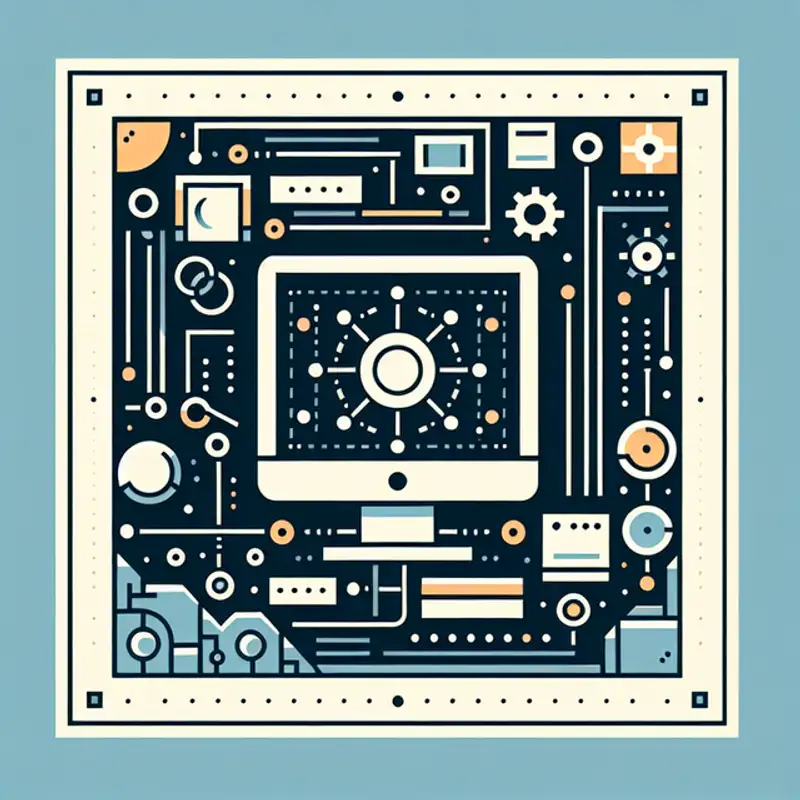In this article, Seangoedecke argues that great software design is often underwhelming in its simplicity, deliberately engineered to eliminate failure modes rather than showcasing flashy, complicated techniques. The author reflects on past coding challenges and contrasts the pursuit of clever language features with the more effective, minimalistic solutions that focus on reducing risk. By moving components out of critical paths, dropping unnecessary dependencies, and centralizing state management, developers can design systems that are robust, reliable, and easier to maintain. As the article puts it, “Great software design doesn’t look like big exciting ideas. Most of the time it doesn’t look like anything at all,” underscoring that true engineering excellence lies in eliminating potential operational issues long before they surface.
Key points:
- Simplicity is Strength: Great design is marked by its capacity to be simple, sacrificing flashy complexity for reliability.
- Eliminating Failure Modes: Instead of heavily patching potential issues with rescue clauses and error handling, systems should be designed to avoid these failures entirely.
- Protecting the Hot Paths: Moving resource-intensive tasks—like expensive API operations—away from user interactions can prevent service-level bottlenecks.
- Reducing Unnecessary Components: Streamlining systems, such as by removing extraneous databases or redundant parts, reduces risk and potential bugs.
- Centralized State: Having a single source of truth for critical data avoids the hazards of inconsistencies and corruption.
- Leveraging Robust Systems: The article highlights the Ruby webserver Unicorn as a prime example, relying on proven Linux primitives for stability and process isolation.
- Designing for the Task: The focus should be on making software that’s a "good fit for the task" rather than chasing high performance or flaunting sophisticated language features.
- Real-World Lessons: The author's retrospective on coding challenges and system over-engineering underscores that "boring and unsexy" designs can be the most effective in the long run.
Link to Article
 Episode
Episode